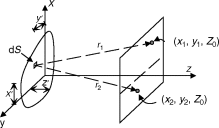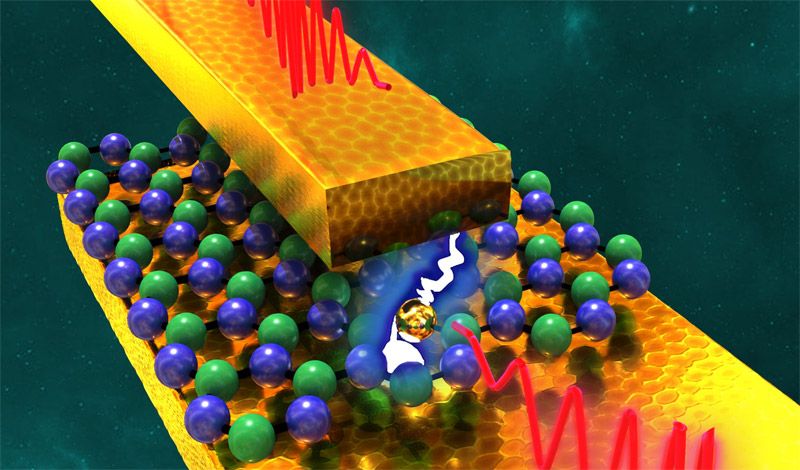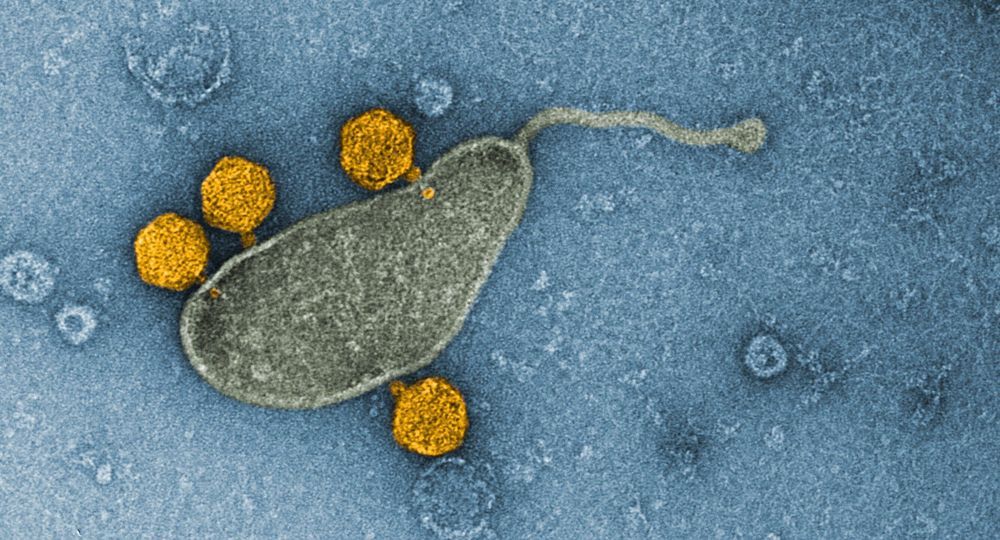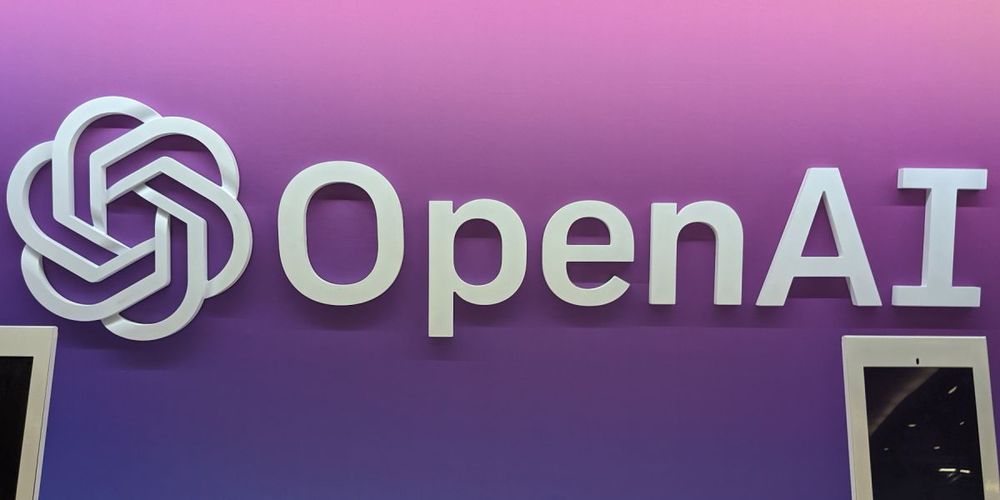
Circa 2007
This chapter describes detection of explosives by terahertz Imaging ™. There has been an amplified interest in terahertz (THz) detection for imaging of covered weapons, explosives, chemical and biological agents. THz radiation is readily transmitted through most nonmetallic and nonpolar mediums. This process enables the THz systems to see through concealing barriers, which includes packaging, corrugated cardboard, clothing, shoes, book bags, and such others to find potentially dangerous materials concealed within. Apart from many materials of interest for security applications, which include explosives, chemical agents, and other such biological agents that have characteristic THz spectra which can be used for fingerprint testing and identify concealed materials. The Terahertz radiation poses either no or minimal health risk to either a suspect being scanned by a THz system or the system’s operator. As plastic explosives, fertilizer bombs, and chemical and biological agents increasingly become weapons of war and terrorism, and the trafficking of illegal drugs increasingly develops as a systemic threat, effective means for rapid detection, and an identification of these threats are required. One proposed solution for locating, detecting, and characterizing concealed threats is to use THz electromagnetic waves to spectroscopically detect and identify concealed materials through their characteristic transmission or reflectivity spectra in the range of 0.5–10 THz.


















